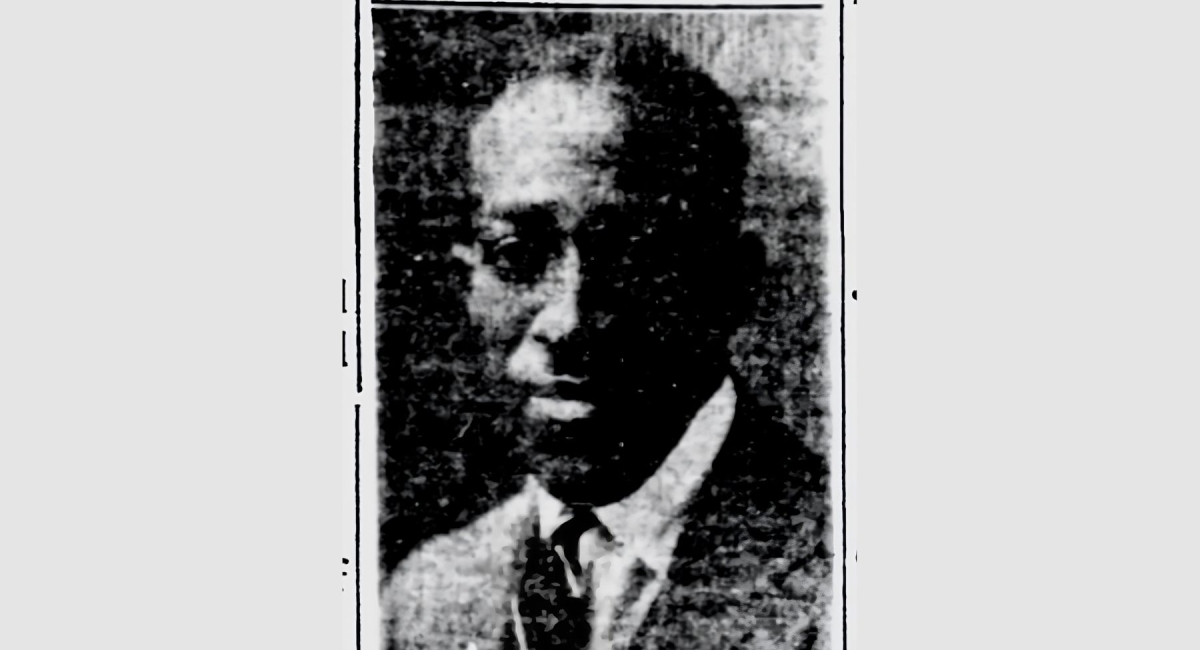The first Black lawyer in the piedmont of South Carolina was Arthur Chester Platt (1892-1944), who lived Back of the College on Jefferson and Evins streets during his short and active life. Until the 1950s Platt was the only Black lawyer in the state to be granted permission to argue cases before the South Carolina Supreme Court. He won two of his four cases argued there.
Born in Marion, South Carolina, Platt moved with his family to New England before the turn of the century. His father, John, was a coachman in New Haven, Connecticut. While his parents never moved back South, their ambitious son Arthur did, attending North Carolina’s Livingstone College, where he played on the college’s first basketball team. He graduated from Boston University Law School in 1922, then joined the emerging Black professional community in Spartanburg. Platt married Anna Belle Gist, a Spartanburg dressmaker. The Platts had two daughters, Nellie and Lucille. In 1923 he helped organize the first Black home loan bank in Spartanburg, Piedmont Building and Loan Association, along with John W. Woodward, William Porter and W.M. Kirkland.
Like many other Black Southern attorneys of this era, he represented North Carolina Mutual Life Insurance of Durham, North Carolina, a large Black-owned firm that litigated throughout the country. Around 1930 Platt also represented Henry M. Cleveland, a prominent white businessman and major Spartanburg landowner, handling an estate of more than $1 million as well as some of Cleveland’s banking litigation.
This Spotlight is an excerpt from North of Main: Spartanburg's Historic Black Neighborhoods of North Dean Street, Gas Bottom, and Back of the College by Brenda Lee Pryce, Jim Neighbors, and Betsy Wakefield Teter. Copies of the book can be purchased at the Hub City Bookshop or online.
His first office was at 149 ½ North Church Street and later moved to 120 Short Wofford Street. Oftentimes Platt had to retain white co-counsel in his cases “because all-white juries preferred white lawyers,” Anna Belle Platt once said. He was joined in Spartanburg in the mid-1920s by the city’s second Black lawyer—Booker T. Smith of Cowpens—who in his early lawyering days was also a part-time bricklayer. Smith (1883-1948) opened an office nearby on North Church Street. He lived at 243 North Dean Street and was active in progressive Republican Party politics.
In September 1939 Arthur Platt stepped in to assist Black nurses at the Spartanburg General Hospital who were told they would be laid off and their jobs assumed by white nurses in training. Working as representatives of Spartanburg’s Negro Civic League, Platt and local mortician John Woodward filed a protest and quashed the hospital’s plan. “Mr. John Woodward and Mr. A.C. Platt are receiving a big hand from the Spartanburg folks for the stand they took in regards to the General Hospital,” wrote a correspondent for the Columbia Palmetto Leader newspaper. “All colored nurses will be reinstated.”
In August 1942 Platt defended a Black Camp Croft soldier from Philadelphia who was arrested for going into a Spartanburg drug store to get an ice cream cone. The soldier, Albert Carrish, was assaulted by the clerk and citizens, then thrown into jail. “Citizens in the town were called together and employed Attorney A.C. Platt to appeal the case,” wrote The Pittsburgh Courier.
In the 1940s Platt was working 60 hours a week, making $1,500 a year, more income than anyone else living Back of the College. He owned his home at 230 Evins Street, and it was valued at $1,500. But Platt suffered from a “lingering illness,” and passed away unexpectedly while visiting a sibling’s home in Medfield, Massachusetts, on May 7, 1944.


